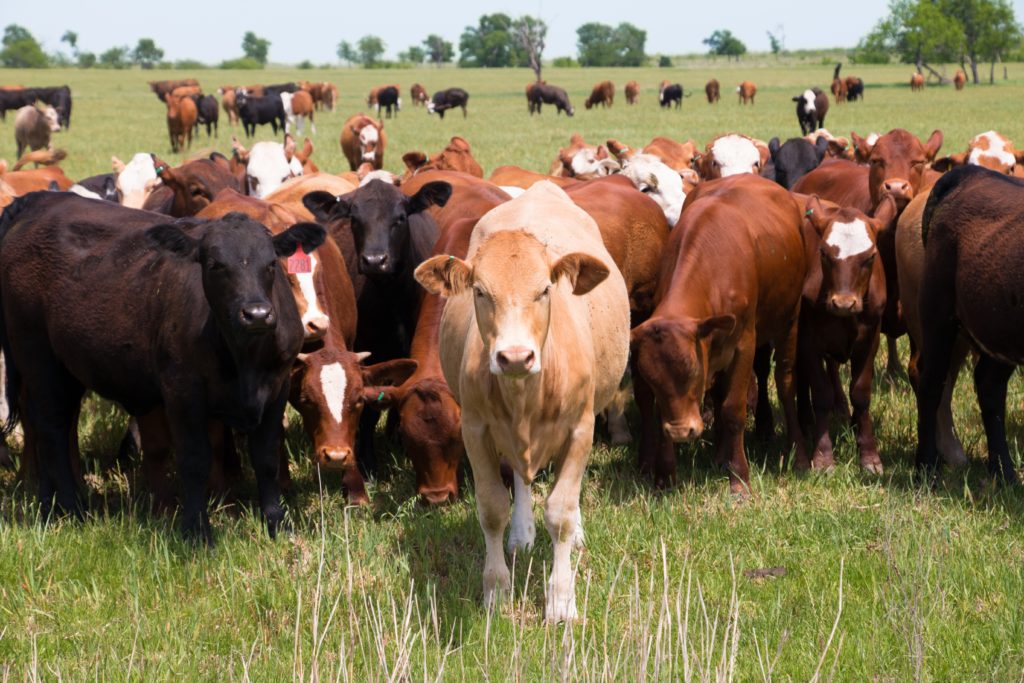The Peninsula
A Model to Replicate: The U.S.-Korea Beef Success Story
Published November 16, 2017
Category: South Korea

By Kent Bacus
As President Trump wrapped up his first official visit to South Korea last week, media reports focused on geo-political tensions. From security to trade, the headlines painted a bleak picture of America’s role in the Korean Peninsula. Pundits and analysts even questioned America’s commitment to promoting long-term peace and prosperity in Asia-Pacific region. Lost in the negative press are the positive stories of cooperation between the U.S. and our South Korean partners. The beef industry provides one such example – and understanding its history in South Korea provides a unique perspective on the importance of trade to our two countries.
Less than a decade ago, the subject of U.S. beef in South Korea garnered fierce criticism. In protests that gained international media attention – including a frontpage article in the New York Times – hundreds of thousands of demonstrators took to the streets of downtown Seoul to hold a candle-light protest against U.S. beef imports. The South Korean government had just made the decision to restore market access for U.S. beef, but consumers did not trust our product’s safety and harbored concerns about bovine spongiform encephalopathy (BSE).
That was June 2008. Today, South Korea represents the second largest export market for U.S. beef. According to the U.S. Meat Export Federation, in 2016 the U.S. sold nearly $1.1 billion of U.S. beef to Korean consumers. In the first six months of 2017 our sales totaled $528 million, an increase of 21 percent year-on-year.
The eye-popping numbers are no accident. U.S. beef producers have worked tirelessly to develop trust with Korean consumers and better understand the tastes and preferences that are in demand. We have met key buyers at trade shows and heard directly from consumers at supermarket promotions across the country. The U.S. beef industry has also had the privilege of hosting visiting South Korean delegations in the U.S., showing our customers how we raise the safest, highest-quality beef in the world.
The positive impacts of these efforts are clear, but U.S. producers and Korean consumers did not do it alone. Our respective political leaders gave us a serious boost in the form of the Korea-U.S. Free Trade Agreement (KORUS). Rather than maintaining unnecessary trade barriers on beef, the U.S. and South Korean governments decided to use KORUS to tear them down.
The final result was a transformative agreement – not just for U.S. beef producers, but for Korean consumers as well. The elimination of tariffs and implementation of science-based trade standards ensures that Korean consumers can buy high-quality U.S. beef at more competitive prices. Gone are the days of 40 percent tariffs and artificial trade restrictions. Instead, we have a booming market place that allows U.S. producers to provide safe and affordable beef to South Korean families.
The aggressive pursuit of KORUS secured preferential access for U.S. beef nearly two years before our leading competitor in the Korean market, Australia, signed their own free trade agreement. As a result, U.S. beef enjoys an eight percent tariff rate advantage over the Australians. The tariff advantage, combined with rapidly-growing consumer demand for U.S. beef, enabled the U.S. to become the leading import source for beef in South Korea last year. Global retailing giant Costco, who previously sourced Australian beef for their stores in South Korea, is now importing every single ounce of their chilled beef from the United States. The move is expected to add upwards of 15,000 metric tons of fresh U.S. beef sales annually.
Thanks to these developments over the last decade, U.S. beef plays a key role in meeting the protein demands of Korean consumers. And with 12 different nutrients that fuel the human body, nutritious U.S. beef is helping children across the country grow up healthy and strong. Meanwhile, back in the U.S., increased beef exports are supporting American cattle-producing families – and the rural economies that depend on them.
To understand just how crucial exports are to U.S. beef producers, consider beef cuts like short rib and tongue. On the domestic market, these cuts fetch a lower price than traditional American favorites such as sirloin and ribeye. But in the South Korean market, the trend is reversed. Korean consumers are willing to pay a premium for short rib and tongue, allowing U.S. producers to generate additional value on cuts that would sell for lower prices at home. The additional value of exports accounts for about $300 per head of cattle; if U.S. producers sold to the domestic market alone, the additional value simply would not exist.
As U.S. beef producers continue to serve our customers in South Korea, we hope to see the KORUS success story repeated across the region. Our experience shows that strong international trade agreements and a relentless focus on meeting consumer demand are a recipe for a prosperous economic partnership. But regardless of which way the trade winds are blowing, the focus of the U.S. beef industry will remain the same. Our top priority continues to be raising the highest-quality beef for families to enjoy, whether they are in San Francisco or Seoul.
Kent Bacus is the Director of International Trade and Market Access for the National Cattleman’s Beef Association. The views expressed here are the author’s alone.
Photo from Rockin’Rita’s photostream on flickr Creative Commons.
